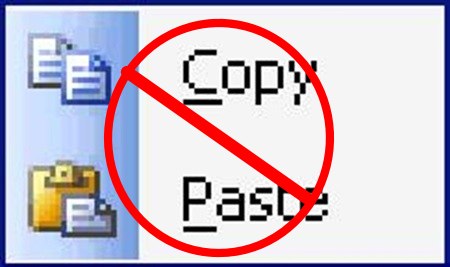OK, now I am done with my MBA, many current students asked me about my personal preference of classes at UC Davis GSM. I have posted all of them in “UC Davis Class FAQs” and for those who like to see it in a single place, see below 🙂
Markets and the Firm (Victor Stango) – I never studies economics before and Victor brings in many many practical examples in the class from various industries. I only wish it was a case study based class but never the less, his class really was my foundation for future classes and I apply the basics everyday.
Data Analysis for Managers (Roger Edelen) – Simply put this is a statistics class. But with a twist of how to represent the numbers in spreadsheets and present it to senior management. I like the practical aspect of using the spreadsheets and getting things done. Don’t miss the Bayesian concepts : it just becomes so important as a manager.
Organizational Strategy and Organizational Behavior (Gina Dokko) – Covers the fundamentals of the strategy and human behavior and biases. This class is case oriented and this makes it much more lively and enjoyable. Everyone in the class has a different opinion. That’s OK. There is tons of reading and there is a lot to learn in this class. In my view, this strategy class is foundation for anyone going into (or planning) general management.
Negotiation in Organizations (Joseph Radzevick) – Negotiations is part of everyday life and this class makes you aware of various techniques. Irrespective of who is teaching this, the material and the class interactions makes it worth. At least when i took it, every class had at least 2 negotiations with fellow members using the techniques that i learned in previous class. I highly recommend (again, if you don’t practice it’s of no use).
Mergers and Acquisitions (David Petroni) – My time and money was well worth for this class. David is a industry veteran with a lot of M&A experience and brings in the financial, organizational, cultural, legal and industry aspects to M&A. He brought in many speakers who lived through M&A and that was very insightful. Most interestingly, I was involved in two M&A teams after that.
Executive Leadership Seminar (Jim Wundermann) – This class is very different compared to what we have in GSM. This class has two parts to it. First part is to make you realize your strengths and leadership style. Second part is that you get a perspective on various industry leaders. CEOs from various industries (DELL WYSE, PG&E, Virgin America, Silicon Valley Bank, Citi Bank California, etc…) talk about their leadership challenges and experiences and you get a chance to ask them questions too.
Product Management (Marcus Lowe) – This class needs a *lot* of work. Pick a good group that you can work with. This is a highly analytical and quantitative class and a must for anyone who wants to do product marketing, product innovation (R&D) and new product introductions. Though i do product management for work, the markstrat simulation puts you in various phases of product life cycle that one many not always gets exposed to.
Multi-Channel Marketing (Rubel, Olivier) – Olivier is very knowledgeable and one of the very few professors who presses you to think “as a decision maker”. I have got a lot out of his multi-channel marketing class.
International Marketing (Peters, Kay) – This is a very interesting class for people working with international firms and looking for global expansion of products. This is a one unit class and Kay provides a wonderful framework to think about the international product marketing. This could be a three unit course and get into more details of the nuances of the international marketing.
Technology Competition and Strategy (Hemant Bhargava) – People get what they want to get out of this class. Due to the inherent nature, the class discusses a lot of technology companies and products. This is a must class for anyone building the technology products in startups or corporations. The modern nature of the platforms (internal or external) and network effects makes it much more challenging for the survival of the technologies and this class addresses exactly that. This class provides a framework to think about when building products. Its difficult to appreciate this class if you have not faced any challenges to promote your product or standard in your firm.










